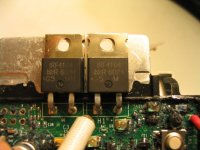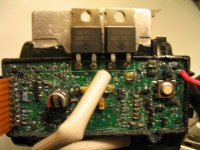TylerDurden
100 GW
Ridgid applies a lifetime guarantee to the tools too, so they will all be around for awhile.
Plus, Ridgid has deployed a "max-select" plan that facilitates forward/backward compatibility between their new tools and batteries.
Nothing is certain, but I'm hedging my bets as best I can...
8)
Plus, Ridgid has deployed a "max-select" plan that facilitates forward/backward compatibility between their new tools and batteries.
Nothing is certain, but I'm hedging my bets as best I can...
8)





